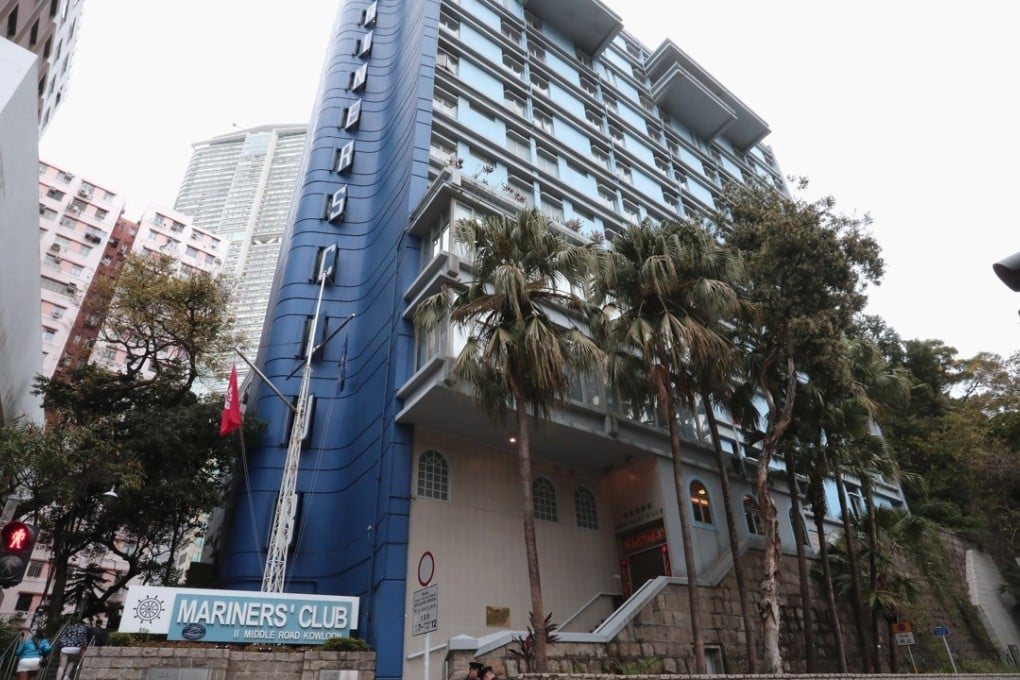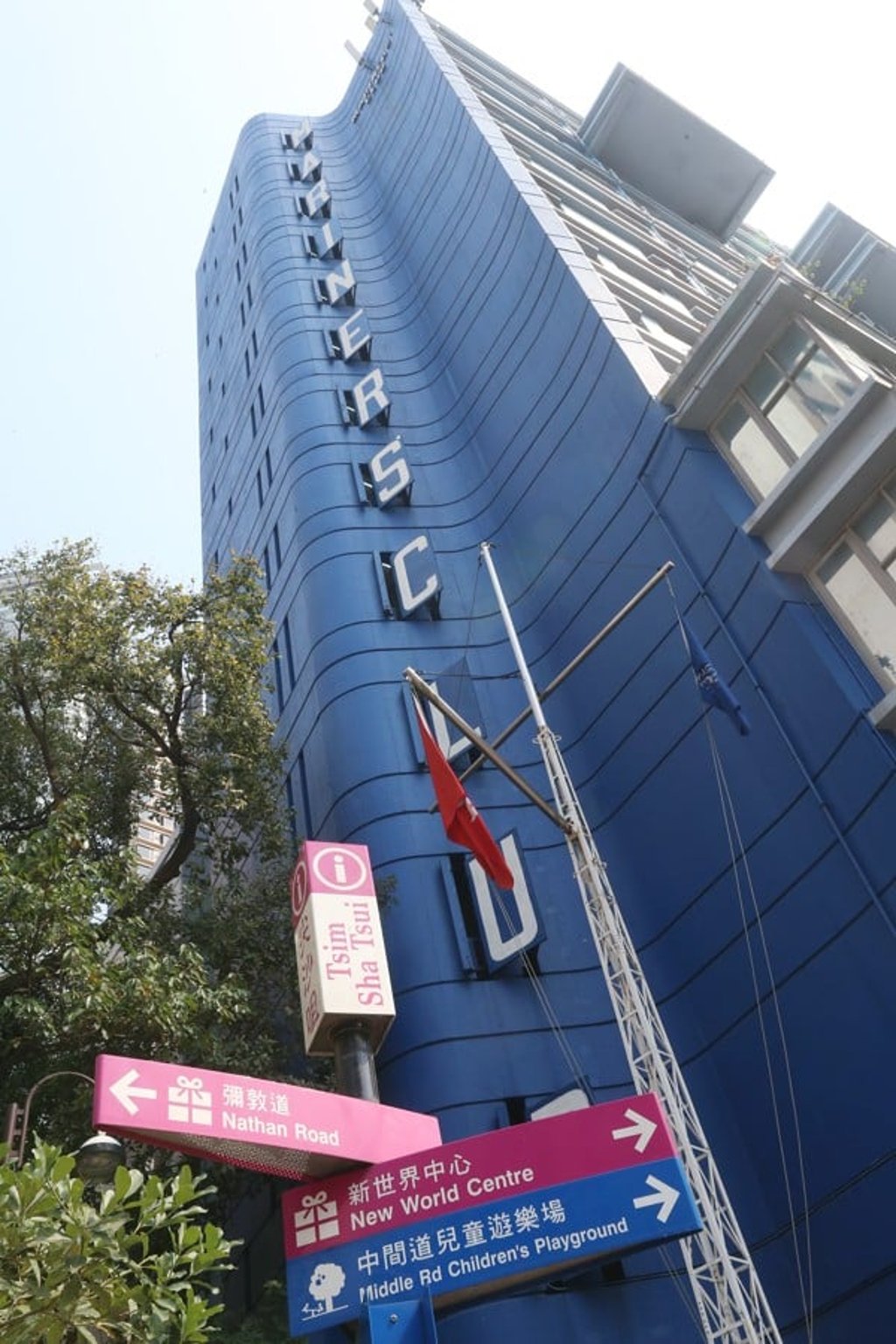Empire Group to invest US$769m converting famous Mariners’ Club site into combined hotel and home from home for seafarers
Landmark 50-year-old blue and white building set to be demolished and rebuilt into complex hosting a hotel, club, church and gardens

In Hong Kong’s bustling Tsim Sha Tsui area, a grand, blue and white building quietly stands west of the lush Signal Hill Garden and north of the Middle Road Children’s Playground. It was built half a century ago to welcome seafarers, eagerly craved a holiday on dry land.
The first “Sailor’s Home” in the city was opened in 1863 by firms such as Jardine Matheson to accommodate sailors when Hong Kong was still primarily an entrepôt. The concept’s most-recent incarnation is The Mariners’ Club, opened in 1967 by Governor David Trench, according to the club’s website – which has now become a landmark of the area’s history, which has been hosting religious services on Sundays, which started at the Sailors’ Home’s St Peter’s Church back in 1884.
But in a few months, the building will be completely demolished and rebuilt.
The existing 50-year-old building and facilities have aged and are well below modern standards, inevitably affecting our services to seafarers,” said Anthony Nightingale, chairman of the mission.
“The renovation will also enable the mission to continue to provide and expand its services to wider maritime, church and community groups in Hong Kong,” Nightingale said

The 42-storey hotel will not be extravagant, but practical and in tune with the neighbourhood, said Albert Yiu Chi-wai, chief property officer at Empire Group Holdings, of which floors nine to 42 will accommodate 500 hotel rooms, covering a total area of about 300,000 square feet.
“All the hotel rooms will enjoy a sea view, with one side facing Central and another North Point,” Yiu said.
Yiu said.Floors one to eight will accommodate a garden, 75 rooms for seamen, a rebuilt church capable of holding 200 worshippers, conference rooms, a lounge and restaurants.
The group is confident of the hotel’s future prospects. “The number of tourists in December last year was up 4.7 per cent compared to the previous year,” Yiu said. “That month’s hotel occupancy rate stood at more than 90 per cent.”
Annual visitor arrivals to Hong Kong last year rose 3.2 per cent compared to the previous year, while yearly hotel room occupancy increased 2 per cent to 89 per cent, compared to 2016, according to Hong Kong Tourism Board.
Yiu is confident the hotel business will also enjoy a boost when the Hong Kong-Zhuhai-Macau bridge opens later this year.
“As well as more regular tourists from the Greater Bay Area [which consists of nine cities in Guangdong and the two special administrative regions of Hong Kong and Macau], we are also hoping to attract more business travellers,” Yiu said.
Yiu said the group beat seven competitors in the tender process, after several rounds, because its proposal was the most suitable in terms of concept and innovation.
But market observers say it is still difficult to estimate any accurate possible returns from the project.
“The group is seen as a 50-year-old property operator and investor rather than a traditional property developer. The group will not own the site, or enjoy capital appreciation,” said Thomas Lam, head of valuation and consultancy at Knight Frank.